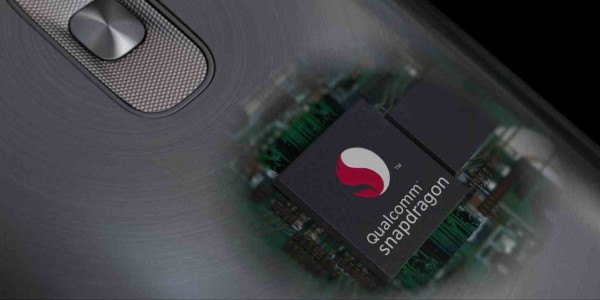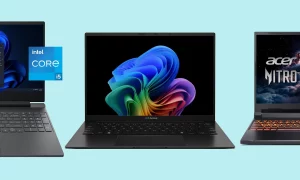Flagship is to power as budget is to battery: Which one is best for you?

Not too long ago, if you wanted to purchase a functional smartphone there was no doubt about it: you would need to shell out some fat stacks for the best of the best. While saving money on a cheaper smartphone was an option, it wasn’t necessarily a great option; most lower end smartphones exhibited terrible performance, often right out of the box. As somebody who spent a good two years using budget smartphones (not without countless hours of research, attempting to find anything that was good value for the money) I feel that I have a good grasp on cheap smartphones back in the day, and the situation wasn’t good.
But while flagships have yet to be taken down from its pedestal, there is a looming threat at its doorstep. The budget smartphone, which came from humble beginnings, has the ability to offer consumers the one thing that most flagships have yet to master: long battery life.
Budget smartphones with notable battery life aren’t exactly new, but it is a somewhat recent development in the smartphone space, particularly with the introduction of the Snapdragon 625 and 650 processors last year. Recently, Snapdragon unveiled their latest continuation of that lineup with the Snapdragon 630 and 660 chipsets, and their reveal has only solidified the idea that reasonably priced smartphones really can be a great bang for your buck.
The Snapdragon 630 takes the place of the Snapdragon 625, which is often revered for its battery life. Devices like the Moto Z Play and the BlackBerry KeyONE both use this processor, and both devices have excelled in reputation, in no small part due to their terrific battery life. The 630 is more about better battery life and faster download/upload speeds, while the 660 does the same but is a little more powerful. We can expect to see the 630 appear in more lower-to-mid range smartphones, while the 660 is more likely to appear in upper-midrange-but-not-quite-flagship devices. In fact, the 660 is already being rumored as being the SoC on the alleged upcoming return of Moto X (which I consider good news for a couple of reasons).
Between these less-powerful battery-efficient processors and the trend of having large smartphones, people now have even more reason to consider budget-friendly devices. Flagships, which can cost anywhere from $500 to $1,000 dollars, offer a lot of power for the price but don’t particularly excel in excellent battery life – at least not in comparison to some of these budget devices. That isn’t to say that all flagships have average battery life nor all cheap phones have great battery life, but while flagships are busy trying to keep a balance between good battery life and power, affordable devices typically favor one or the other, and it’s usually battery life.
I was particularly surprised when I saw how long the ZTE Max XL’s battery life lasted. Although the device lacks in power, $99 is an exceptional price for a smartphone with nearly 2-day battery life. It’s not the first time I question why I insist on spending hundreds of dollars on flagships year after year (which so far has boiled down to the camera, but even that is quickly becoming a non-issue). I am used to having the latest and greatest, which, as I mentioned, used to be necessary for a functional smartphone experience. However, dynamics have changed. While flagships still have their appeal – more features, powerful processors, and typically better availability – budget smartphones now have more than just a friendly price tag to entice smartphone shoppers, and they’re quickly filling in what used to be a vast gap between the two categories.
I think it’s nice. To me, the appeal of cheap prices and good battery life in budget phones gives the smartphone market a renewed sense of choice, which often feels limited in terms of design and operating systems lately. I mentioned in the Max XL review that I considered budget phones with great battery life “the Chromebooks of smartphones”; affordability and great battery life to just do the basics are exactly what some people need, but where it still lacks (performance) flagships still play an important role.











